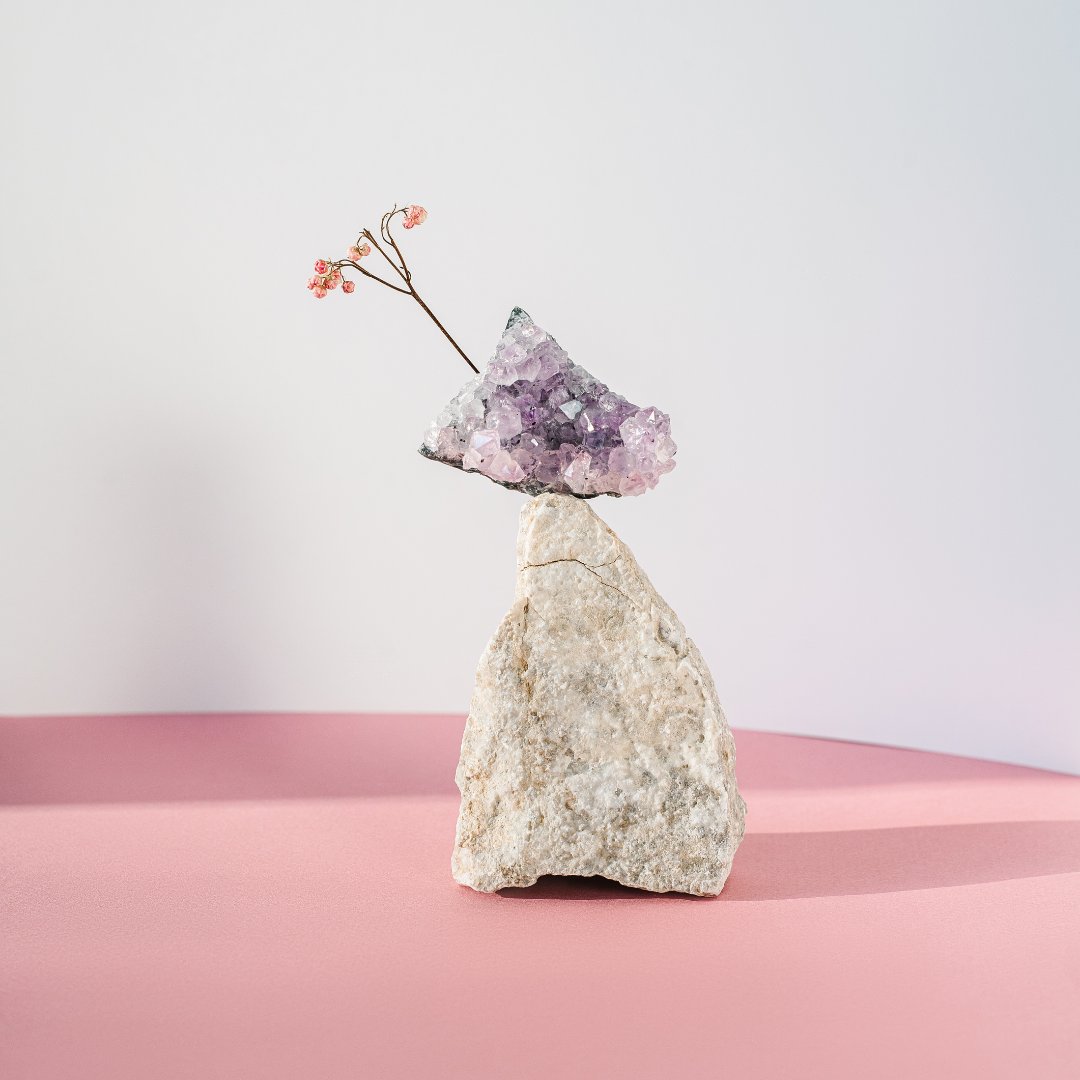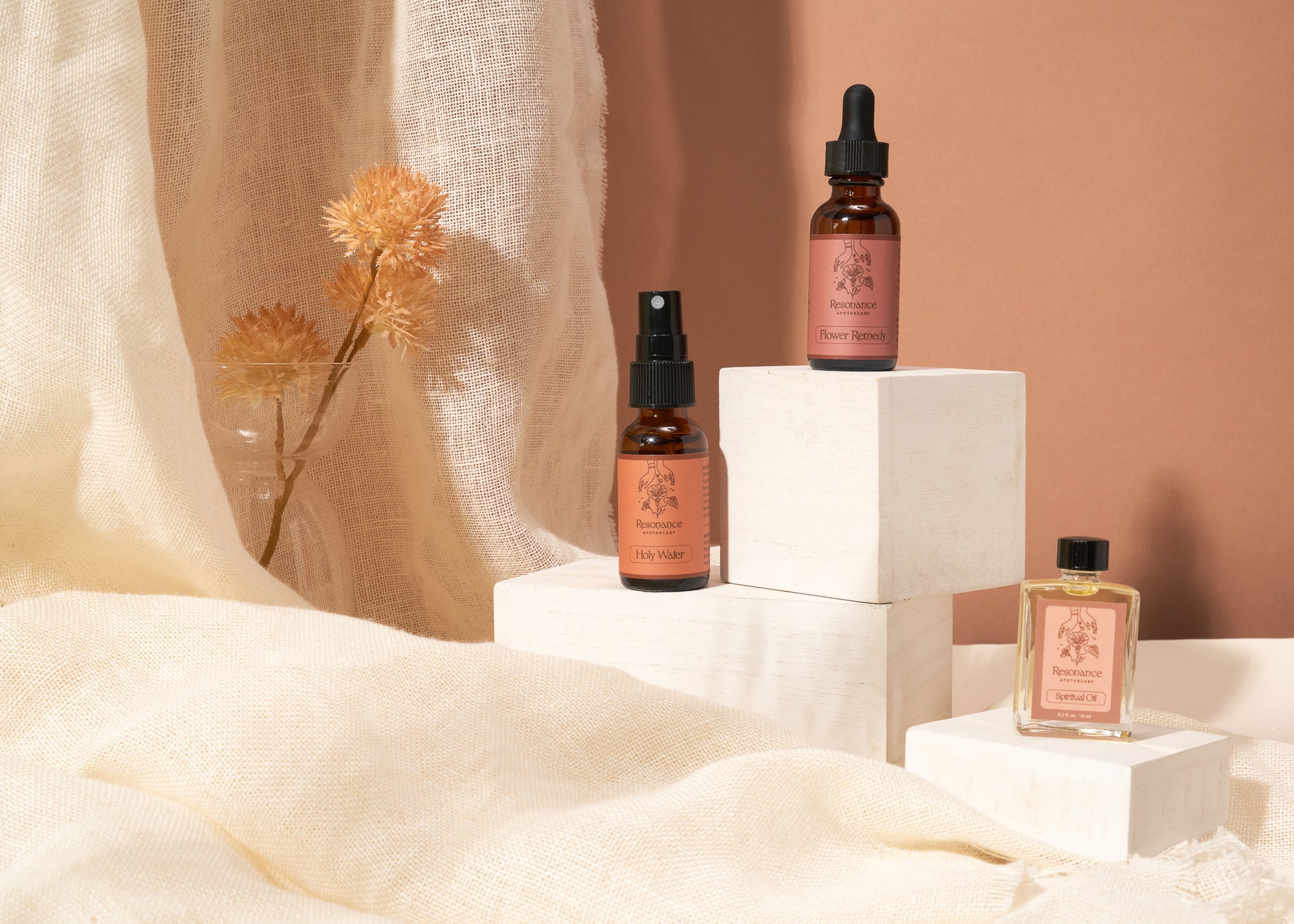Tea History
Teas have been used by probably every culture and people, and they have been used for millennia. Teas have the unique distinction of being multifaceted in that they are used medicinally, in ceremony and ritual, for pleasure, for sustenance and thirst quenching, with meals, for mental, emotional, physical and spiritual reasons. It can be said that there is tea for every occasion, reason, malady or celebration.
Tea is one of the most widely consumed beverages in the world, perhaps taking second place only to water. Over three million tons of tea are grown annually for tea consumers worldwide and that’s not including herbal tea.
The tea plant is an evergreen shrub that provides us with black, white, yellow, and green tea as well as oolong and pu-erh tea. It is the leaves and leaf buds that are commonly used to produce the teas we enjoy. The difference in taste comes from how they are processed and how long the leaves are left on the shrub before harvesting.
When it comes to herbal teas, the options are far more varied. Herbal teas have been around for nearly as long as time. Our ancient ancestors made infusions of the plants, roots, and herbs from their native environments. Documentation of herbal teas goes back as far as ancient Egypt and China, where texts have been discovered describing the medicinal benefits of drinking these herbal concoctions.
In the 1st century AD, the legendary Greek physician Dioscorides described more than 600 medicinal plants, many of which could be steeped in water to create healing infusions. Additionally, modern researchers have found dried peppermint leaves in several Egyptian pyramids, which date back to 1,000 BC. Experts believe these were used to aid in digestion.
According to ancient historical records, these herbal blends were used not only for their physical health benefits, but also for their ability to invoke a sense of calm and spiritual awareness. Over time, humans began drinking herbal teas simply for their wonderful taste and aromas and using dried herbs, flowers, fruits, barks, and other ingredients for mind, body and spiritual wellness continues today.
Most varieties of herbal tea – such as chamomile, peppermint, rooibos, and hibiscus – are naturally caffeine-free. However, caffeine content depends on precisely which herbs, flowers, roots, and other ingredients are used. For example, yerba mate and green tea do naturally contain caffeine.
Health Benefits of Herbal Tea
The benefits of herbal teas are as numerous and varied as the herbs themselves. One of the big reasons why herbal tea is so popular is that it allows us to reap the health benefits of various herbs, spices and plants through a format that is easy to consume and digest and it tastes good! Most people would find it quite difficult (and not particularly pleasant) to consume ingredients like cinnamon or lavender in their raw form. But by steeping them into a tasty warm beverage, you can easily get the benefits of the plant in a way that is enjoyable.
So, exactly which health benefits do herbal teas deliver? We don’t have enough time and space to list them all here but some popular ones are:
Chamomile
Chamomile is most commonly known to promote our rest and digest state. It is one of the safest herbs known. Many moms work with it to spiritually bathe their babies or put it on their teething gums. Find it in our Sweet Dreams and Soul Retrieval Spiritual Teas.
Holy Basil or Tulsi
Tulsi tea is one of the most beautiful adaptogenic herbs that is included in most of our blends. This herb supports the body in adapting to stress and is the perfect tea to reach for when we want to balance mind, body and spirit. We offer this single herb mixed in variations that include rose, green tea, and black tea.
Mint Tea
Mint is an anti-inflammatory and often used for colds, headaches, and nausea. Mint is clarifying, and can help you cut through illusion and call positive energy into your life. You can find peppermint in our Sweet Dreams, Soul Retrieval, Moroccan Berber and Minding My Own Business Spiritual Tea Blends.
Lavender
Lavender is known for its properties to calm and relax. It is also a powerful antibacterial herb, known in historic times to ward off evil and illness. Lavender helps us to access higher wisdom, opening our third eye and crown chakra centers. You can find lavender in our Sweet Dreams and Divine Feminine Spiritual Tea Blends.
Rose
A Resonance favorite, roses have long been used in potions for love. They are an ancient, sacred spiritual herb that help in opening the heart while still upholding boundaries. It is no surprise the physical healing aspects of the rose herb support hearth health and blood circulation. Rose is found in our Open Heart, Moroccan Berber, Soul Retrieval, Tulsi Rose and Minding My Own Business blends.
There is an herbal tea to complement every lifestyle, every taste preference, and every wellness goal.
As always, this is lifestyle information, not medical advice. If you have questions about specific herbs it’s recommended to consult with your doctor.
Instructions
The act or art of preparing tea can be an opportunity to be very present with the moment. It can be a time to let go of stress and worry of the day and focus on the tea; mindful preparation and then mindful consumption. Often you may find that by momentarily letting go of all the problems you are handling, when you return to them you may discover something new or see them from a different perspective.
“You must be completely awake in the present to enjoy the tea. Only in the awareness of the present, can your hands feel the pleasant warmth of the cup. Only in the present, can you savor the aroma, taste the sweetness, and appreciate the delicacy. If you are ruminating about the past, or worrying about the future, you will completely miss the experience of enjoying the cup of tea. You will look down at the cup, and the tea will be gone.” – Thich Nhat Hanh
There are thousands of tea varieties, but they can all more or less be put into one of six categories: herbal, white, green, oolong, black or dark (pu-erh). We use the term tea loosely here (pun intended;), most of the ingredients we use in our Spiritual Tea blends aren't technically teas—they're herbal infusions but they're brewed the same way tea is.
You can be as intentional, ceremonial or practical as you’d like when brewing your tea. To bring some intention and ceremony, spend a few moments tuning in to see what you’d like your intention to be or what wants space to be heard, seen or contemplated. Once you are ready, you can set out your tea set and begin the steps below.
Hold your intention as you prepare the tea so that intention will be steeping along with your tea.
- The first step is to measure out your tea. The perfect tea-to-water ratio is up to you—some people prefer stronger teas, some prefer them light—so you're going to want to experiment. A good starting point is one teaspoon of loose tea per cup of water. (Using this ration, a teapot that holds four cups of water will require four teaspoons of tea.) For reference, most bags hold about 1 teaspoon of tea.
- The second step is to heat your water. Getting your water to the correct temp is crucial—if the water is too hot, it will burn the tea. Too cool, and the tea will barely steep. If you want to get very technical, different teas require different water temperatures. Black, dark and herbal teas like it hot; green, white, and oolong teas require water that's a little cooler. Here's a guide:
- For dark (pu-erh) teas and herbal infusions (tisanes), use boiling water (212°F).
- For black tea, bring the water to a boil, then take it off the heat and let it sit for 30 to 60 seconds (you're aiming for water around 200°F).
- For green, white, and oolong teas, bring the water to a boil, take it off the heat, and wait for a minute or two—here you're aiming for tea somewhere in the 158°F to 185°F range.
- Finally, for any tea that's really delicate—a particularly subtle white or green tea, say—wait even longer. You want water that's at about 140°F.
- Pour the water over the tea and steep for 3 to 7 minutes. Just like the amount of tea you use, the time you spend steeping will come down to personal preference. Herbal infusions need the most steeping (5 to 7 minutes); white teas need the least (just a minute or two). For every other tea (black, green, oolong, dark), you can probably get away with 3 minutes. Taste the tea at this point—if you want it stronger, keep steeping! But don't just let the tea stay in the mug or pot too long, or it can get tannic and bitter. Be sure to cover the tea as it steeps, this supports in encapsulating the aromatics that are pivotal in receiving the medicinal benefits of the herbs.
- Let the tea cool slightly before drinking. This sounds obvious, right? But this is about more than just temperature. Letting the tea cool slightly before you start drinking it will allow you to taste the tea's subtle and delicate flavors. And sure, it will also prevent you from burning your mouth.
- If you are holding an intention, take some deep inhales of the tea before you drink and allow the scent to infuse your body through your airways. Notice what you sense and feel. How does it smell, can you pick out any particular herbs? Does the scent conjure memories, thoughts or ideas? How do you feel?
- Spend some time contemplating the above questions again when you begin to drink the tea. Drinking the tea will activate other senses and sensations in your mind, body and maybe even in your spirit.
When we drink tea, there is both a chemical and a spiritual effect. When our chemistry changes, our soul or spirit also changes. Tea can be used to raise and purify our etheric as well as our physical energy. Meditation after drinking tea can be a powerful way to tune in more deeply.
On the purely physical front, teas are filled with antioxidants, minerals and amino acids, all of which support healthy cellular functioning. Some are also adaptogenic, while others are nervines and have a calming effect on the nervous system.
Add a Tea Ceremony to Your Other Practices
This simple practice of a tea ceremony is a wonderful addition to any additional spiritual practices. Whatever you practice, whether it’s yoga, meditation, journaling, Qi Gong, work with crystals, or with your next channeling session, try having a cup of tea before you begin or as a closing to your practice.
When you’re fully present with your tea, it can become a powerful extension of any other spiritual practice.
Storing
Teas should be stored in airtight containers to preserve freshness. It is best to use your teas within 6-12 months for the best taste and the most benefit.
The information contained in this website should not be considered medical advice. These products are not intended to diagnose, treat, cure or prevent any illness or disease. For diagnosis or treatment consult your physician.



